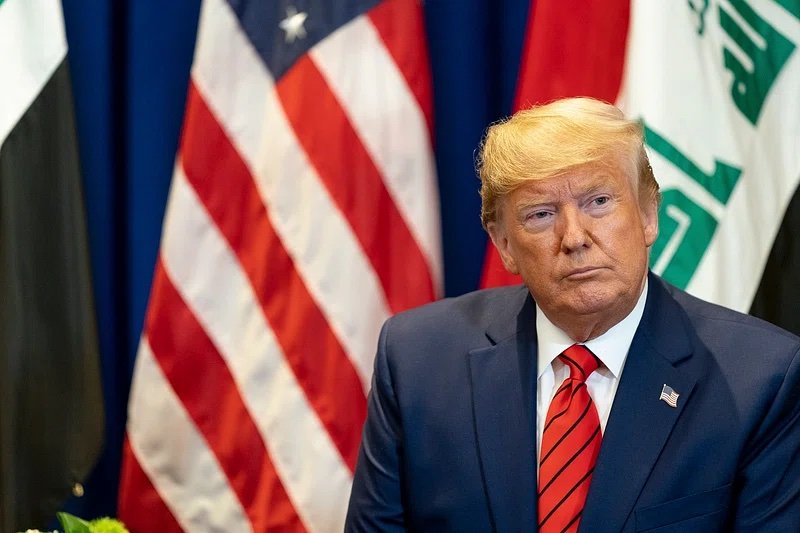Washington, D.C. — The US government has chosen a design for its ambitious new missile defence system, dubbed the “Golden Dome,” President Donald Trump announced Tuesday. The system is slated to become operational by the end of Trump’s current term, aiming to counter advanced aerial threats including ballistic, cruise, and hypersonic missiles.
Unveiled shortly after Trump’s return to the White House in January, the Golden Dome represents a significant leap in missile defence technology. The initiative has an initial funding allocation of $25 billion (£18.7 billion), but estimates suggest the total cost could balloon to over $500 billion across multiple decades.
Addressing Growing Missile Threats
The Pentagon and Defense Intelligence Agency (DIA) have highlighted increasing missile threats from nations such as China and Russia, which are developing sophisticated weapons designed to bypass existing US defences. The Golden Dome intends to address these challenges with next-generation technologies deployed on land, sea, and in space.
President Trump described the system as including space-based sensors and interceptors capable of neutralizing missiles launched from any location, even from space itself. “The system will be capable even of intercepting missiles launched from the other side of the world, or launched from space,” Trump stated in the Oval Office.
Inspiration and Scope
The Golden Dome draws inspiration from Israel’s Iron Dome, a successful missile interception system operational since 2011. However, the US project aims to be vastly larger and more comprehensive, covering a broader range of threats such as hypersonic missiles and fractional orbital bombardment systems (FOBS) — weapons that can deploy warheads from space.
Marion Messmer, senior research fellow at Chatham House, noted the scale difference: “Israel’s missile defence challenge is a lot easier than one in the United States. The geography is much smaller and the types of missiles more limited.”
Technical and Financial Challenges
Experts caution that completing such an extensive defence system within a single presidential term may be unrealistic. Economist defence editor Shashank Joshi suggested that while the military would take the plan seriously, the enormous cost would consume a significant portion of the US defence budget.
The Congressional Budget Office (CBO) has projected that the space-based components alone could cost up to $542 billion over 20 years—far exceeding the initial estimates.
International Cooperation and Command
Canada has expressed interest in joining the project, with former Canadian Defence Minister Bill Blair calling it “in the country’s national interest.” The Golden Dome system will be managed under a centralized command structure, overseen by Space Force General Michael Guetlein.
Conclusion
The Golden Dome missile defence initiative represents the US’s response to rapidly evolving global missile threats. While the project faces significant financial, technical, and geopolitical challenges, it signals a major shift in national security priorities and capabilities as the US seeks to safeguard its territory and allies from next-generation aerial threats.
For more defense and technology news, visit BlogHear.com




